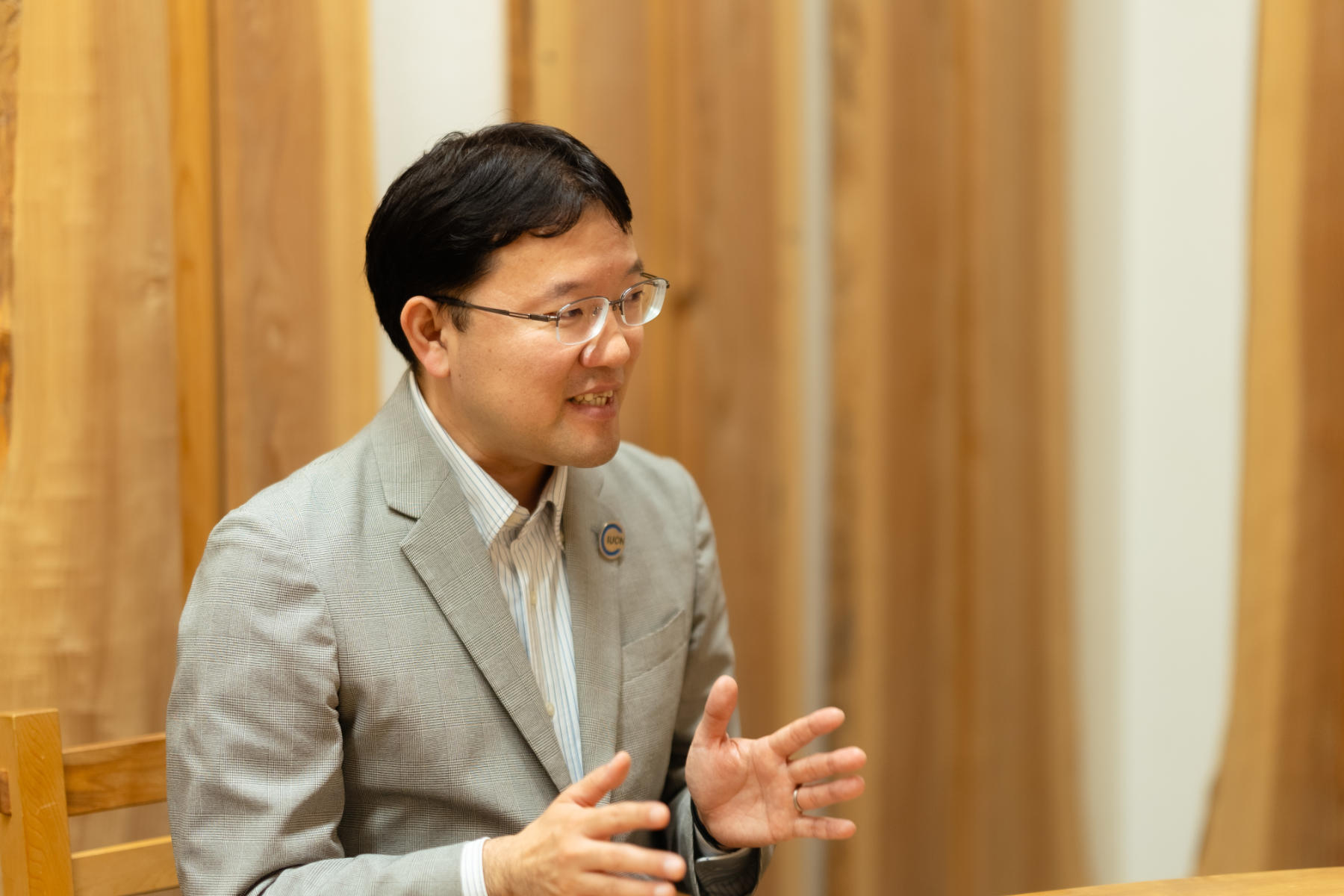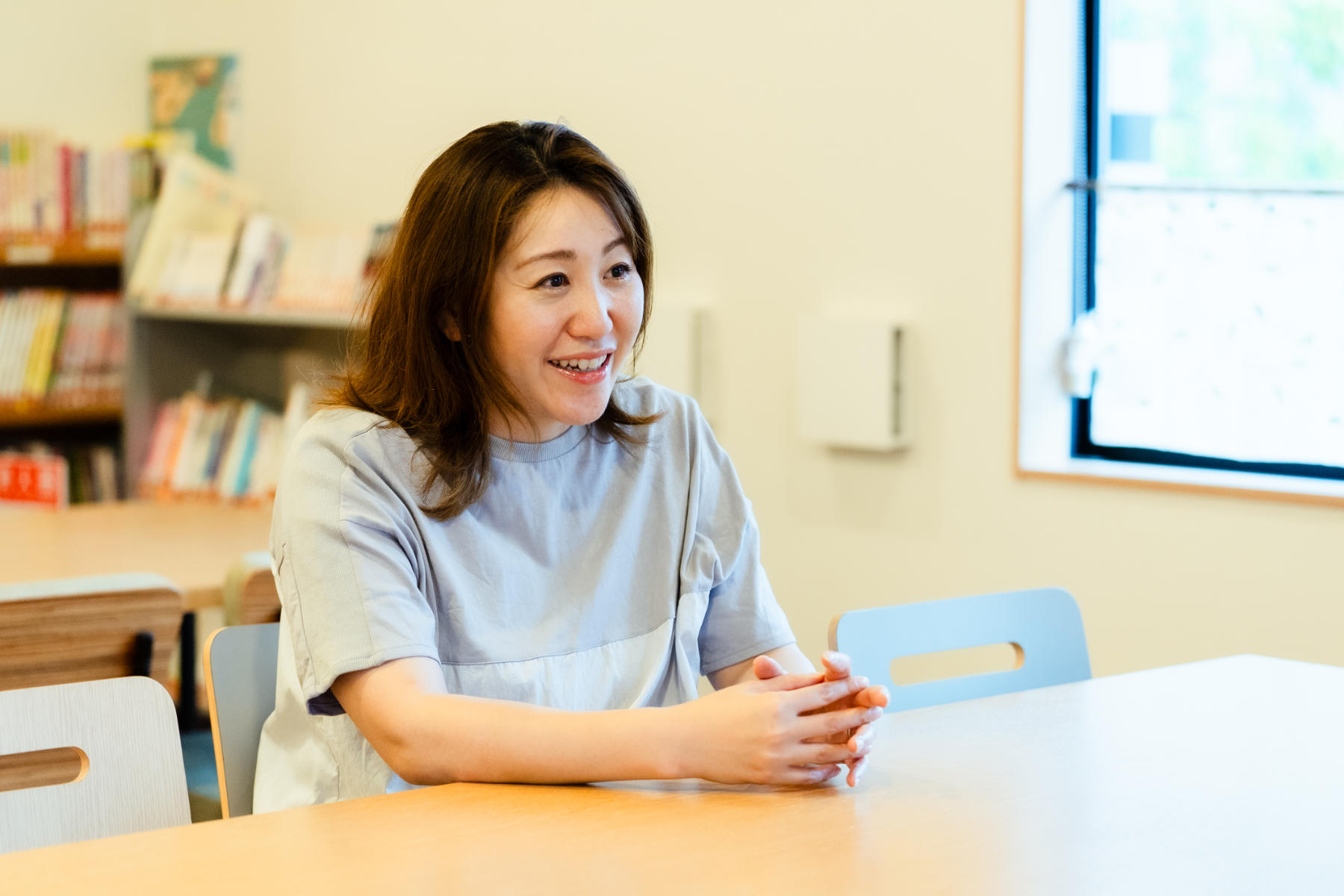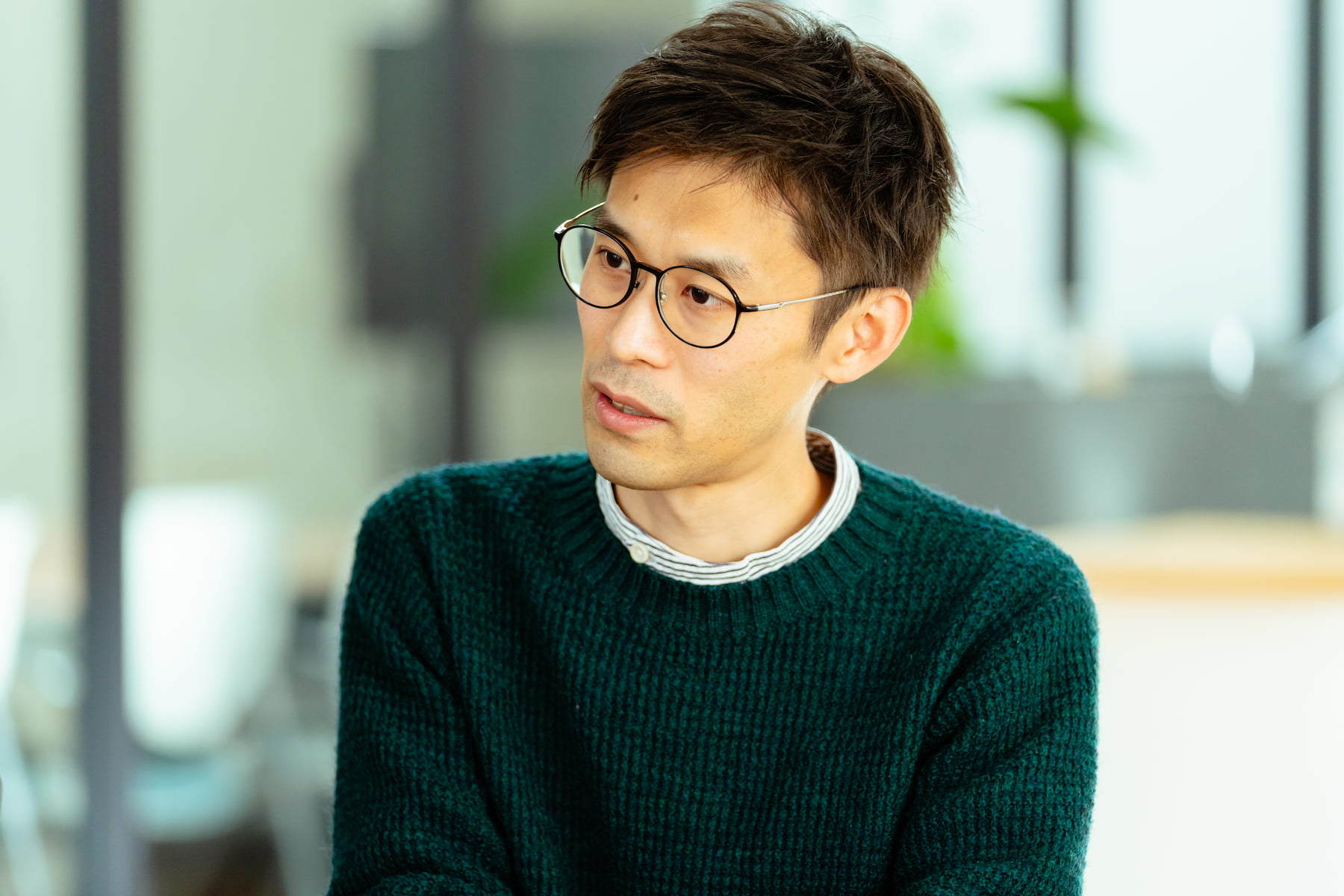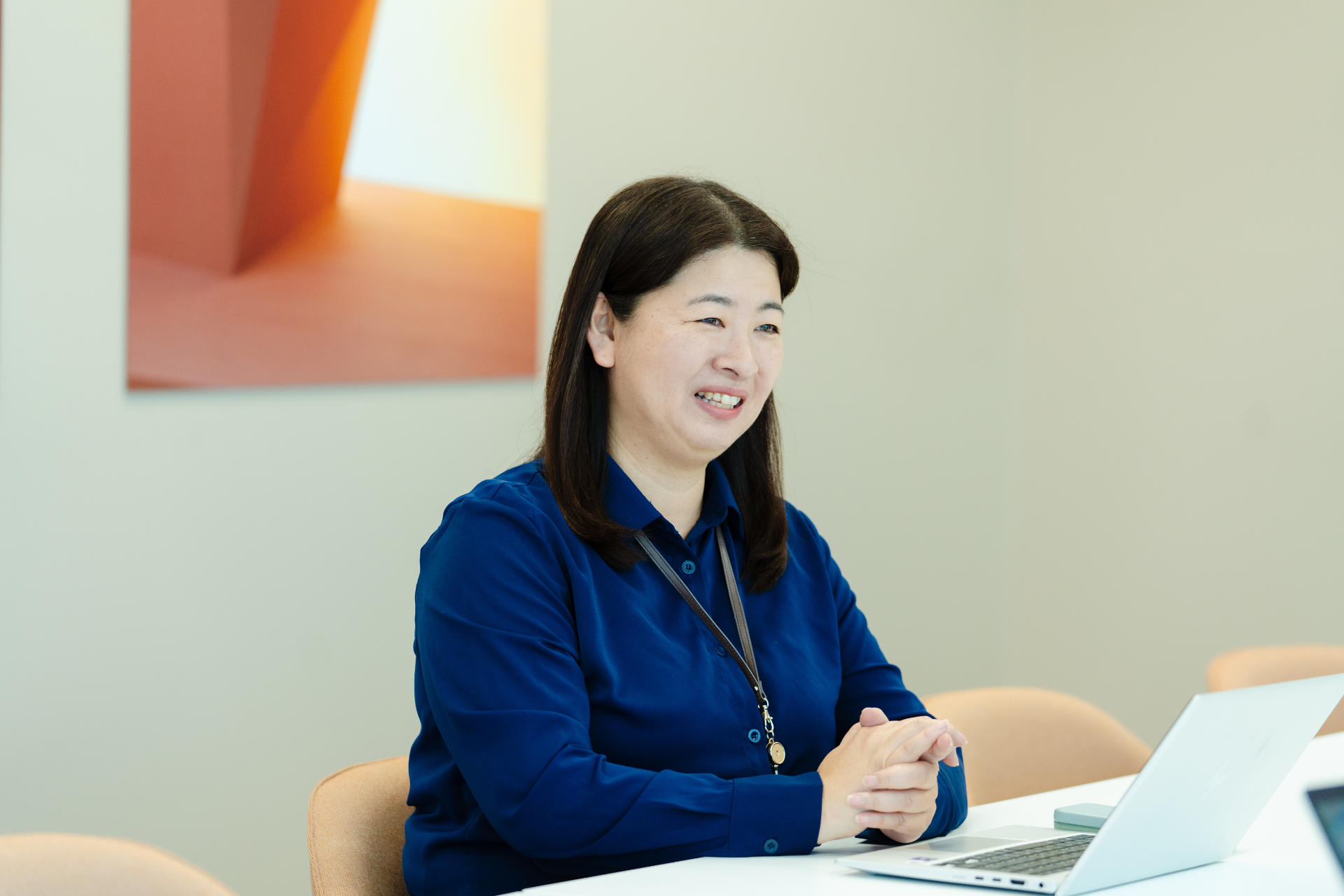CASE 27
Gassaku Inc.
(August 2021 - present)
PR expertise is essential for regional projects, so we're working with Hitoshizuku to gain experience, before expanding to new places.
Osaki, a town in Kagoshima Prefecture, has achieved Japan's #1 annual recycling rate 14 times. The "Osaki Recycling System," a scheme based on collaboration between residents, business and local government, is receiving a lot of attention, in and outside of Japan. Gassaku Inc., as the executor of the "Osaki SDGs Promotion Council," is involved in implementing Osaki's "Circular Village"—a village that embodies the concept of a circular economy. In April 2022, Gassaku formed a business partnership with Hitoshizuku Inc., who are helping with PR. The two companies are utilizing experience gained in Osaki to promote circular economy projects in other regions. We asked the president and CEO of Gassaku, Tomohiko Saito, to tell us about the PR activities taking place in Osaki, about his hopes regarding the partnership with Hitoshizuku, and about the future prospects of his projects.
You told us to take our organizational structure and goals into account when choosing what to do, and we were very satisfied with that advice.
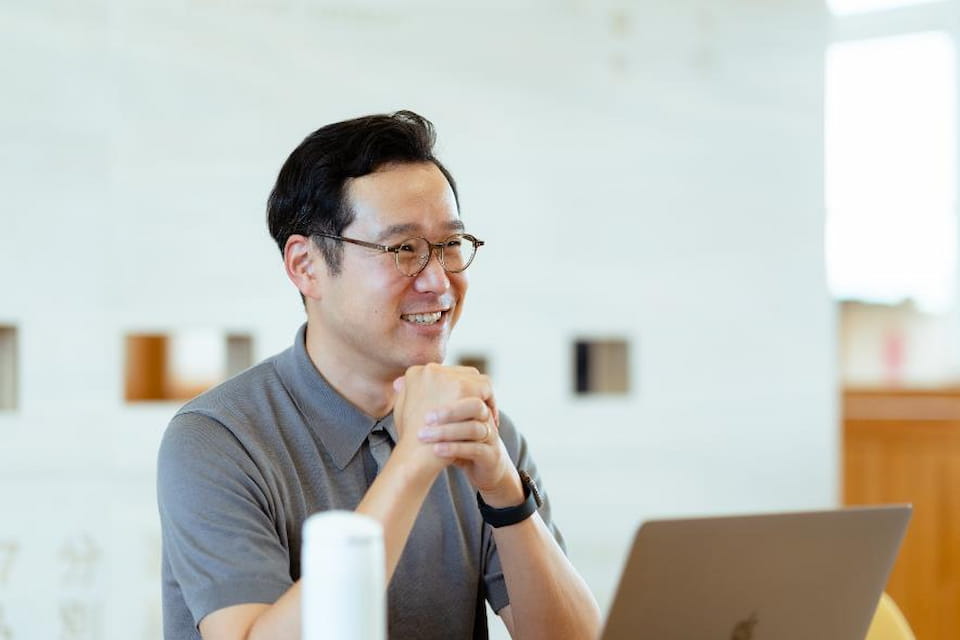
Tomohiko Saito, President & CEO of Gassaku Inc.
Hiroshi Kokubo, President and CEO of Hitoshizuku (Kokubo):
You first reached out to us in August 2021. Tell me once again about the problems you were facing at that time.
Tomohiko Saito, President & CEO of Gassoku Inc. (Saito):
Osaki’s recycling system has been operating for 20 years, and I want to expand its values throughout society. In 2020, with that thought in mind, I set up Gassaku. Expansion requires assistance from outside of Osaki. Collaboration would allow us to move past the limitations of working alone. That’s why I chose the name “Gassaku”—it means “collaboration.”
First, we worked on PR, to help Osaki become better known. Shortly after hiring PR personnel, we spoke to Hitoshizuku—thanks to an introduction by Suzuki, one of our board directors. You helped us develop a PR strategy.
Kokubo:
And why did you come to us in particular?
Saito:
Firstly, we asked what we should be thinking when it comes to PR. And we were very satisfied with your explanation. Rather than focusing on the number of publications or page views we earned, you told us to take our organizational structure and goals into account when choosing what to do. It felt like our outlooks matched, so I decided we should work together.
Kokubo:
I remember being very excited when I first heard about Osaki. The recycling rate was really high; it felt like the town had come up with a system that could lead to a better future. I was really pleased when you reached out to us. How have we supported you, since we started working together?
Saito:
It felt like you were like a stylist, saying “What if you present yourself this way?” We’re just a start-up, figuring things out day by day. I think we struggled with branding; we couldn’t come up with a solid message. You were a third party, saying, “Try this.” It was very reassuring.
Kokubo:
That’s the first time someone has described our role as a “stylist.” I think we were only able to do that because the content of your work is so well defined. We shared ideas about how we wanted it to be seen in certain fields. Each day, we’d discuss things together, and move forward as a team.
Saito:
We often interact with residents, local government and businesses. But I think there are many people we don’t hear from, who are fans of what Osaki is doing. We can’t immediately implement projects involving those people, but I want to value that connection. So we’re asking Hitoshizuku to help us design what that relationship will be like.
Kokubo:
Earlier today we tagged along with a school group on a field trip, and I was very taken by Osaki’s elementary school kids—they see recycling as part of their own lives, and they take real pride in it. I think local pride will be fundamental when spreading such projects to other regions.
We’re not leaving everything in your hands, as if placing an order. We’re collaborating.
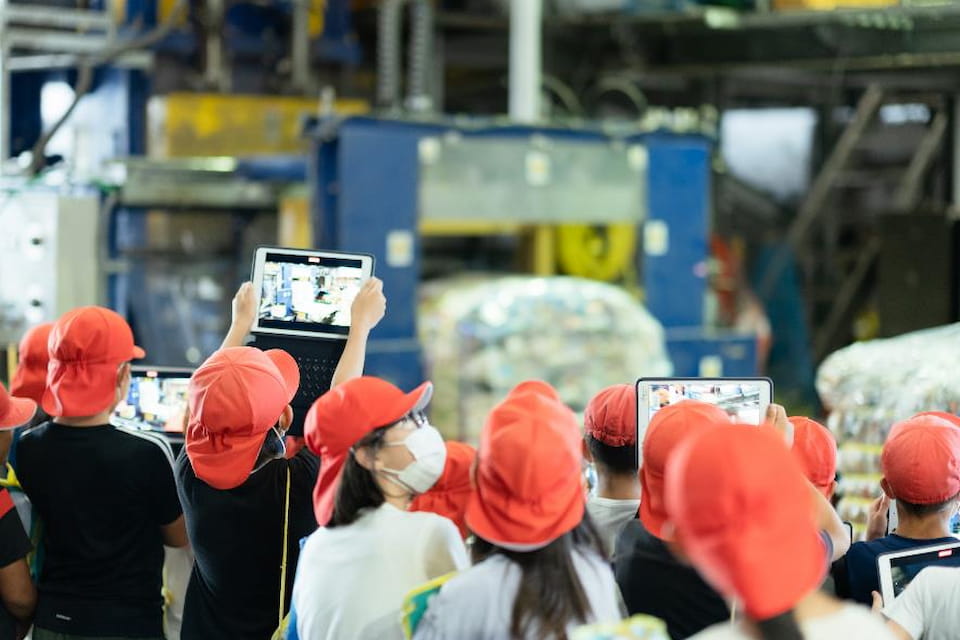
The “OSAKINI Project” conducts various activities, including school field trips, with the goal of creating a “circular village.” It is implemented by Gassaku Inc., executor of the Osaki SDGs Promotion Council.
Saito:
Kokubo-san, how has it been to work with us?
Kokubo:
You made me feel like a true member of the company. It was almost like I’d changed jobs! In terms of how we got involved, and which teams we got involved with, I’d say our system changed along the way. At first, we took the thoughts of your board directors, and turned them into a PR strategy. But as our discussions continued, we realized that you were also struggling with the work on the ground, including organizing field trips and events. So we became more directly involved with the management of those activities. I think that was the moment that things really shifted into gear.
Saito:
Yes, for a time we were just taking small, careful steps. Part of me thought, “It’s OK if you just go for it!” But having said that, you provided a sense of stability, right from the start. Even now, when things have changed gear, I don’t feel a sense of pressure.
Kokubo:
We believe that logistical support is very important. We’re careful not to plow relentlessly ahead, as our clients may not ready for that yet. Having said that, it’s possible that we should have been a bit more involved from the start. We’ve now reached the point where you leave many decisions to us. How did we end up with this working relationship?
Saito:
It’s simply because Hitoshizuku has PR experience. We were glad to be working with people who knew what they were doing; that was important to us. Right now, Gassaku and Hitoshizuku are doing “gassaku”—we are collaborating. I’m not deciding upon a direction, and simply saying, “Deliver us these results.” Rather than leaving everything in your hands, as if placing an order, we’re working together to move the project forward.
I want to work together to develop practices that can be expanded to other regions.
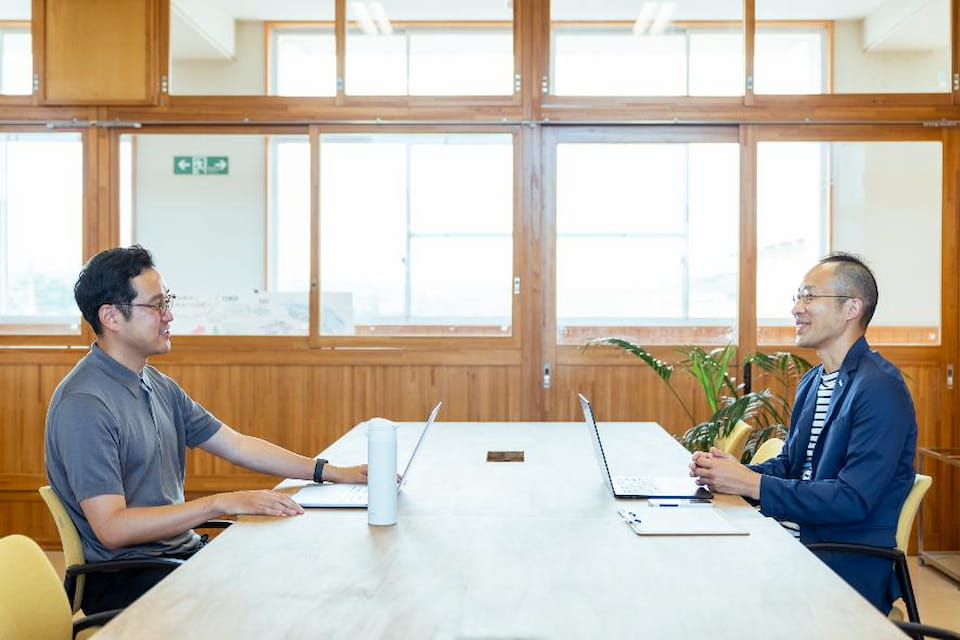
Saito didn’t want Hitoshizuku to act as outside advisors; he wanted them to be as involved as his own board directors.
Kokubo:
After forming this business partnership, I’m looking forward to everything else we’ll do together in the future.
Saito:
Thanks to your support on this project, we have attracted a lot of attention. It’s raising our hopes and expectations. For regional projects, you don’t just need operational and sales staff. You need PR staff too. With Hitoshizuku’s help, I believe we are creating a foundation that can be expanded to other places.
Kokubo:
We also get a sense that we’re working together to build a path to the future. Is there something in particular you’d like to implement next?
Saito:
In Osaki, there’s a great connection between businesses and the community. But I don’t want to simply say, “We’re doing well, and that’s that.” I want to recreate what we’re doing in other places. Together, I’d like to come up with a framework that can grow.
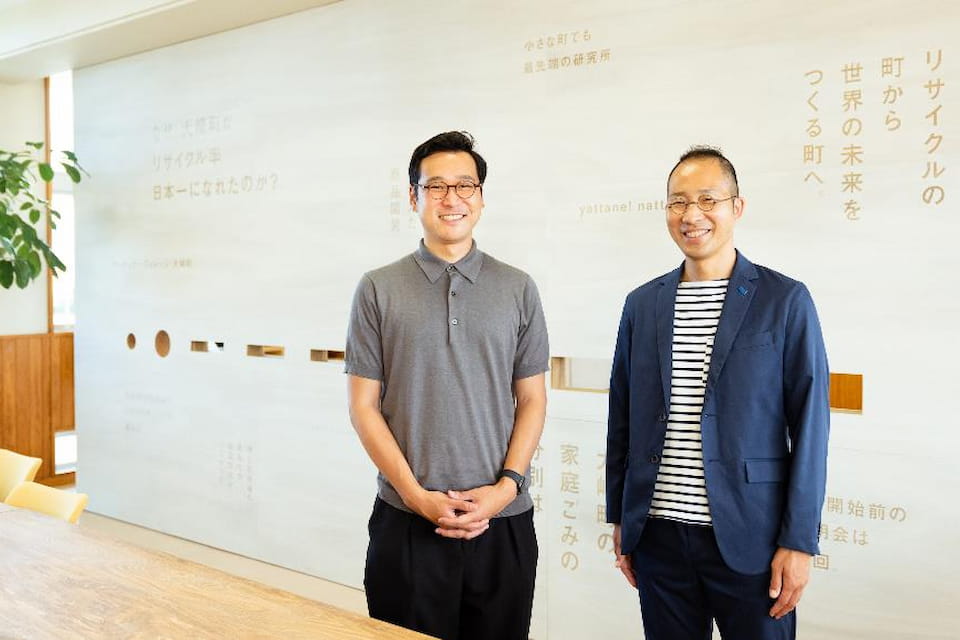
Photography: Hiroyuki Horigome
Editing: Keiko Kondo
Translation editing: Satomi Furukawa
RECENT WORKS
| Name | Hitoshizuku Inc. |
| Address | 33 Nihonodori Naka-ku Yokohama Kanagawa 231-0021 JAPAN |
| Branch | Hamacho Odawara Kanagawa 250-0004 JAPAN |
| Phone | 81 045 900 8611 |
| info@hitoshizuku.co.jp |
| President | Hiroshi Kokubo |
| Established | March 2016 |
| Capital | 3,000,000yen |
| Business | Advertising & Public Relations Agency Planning & Produciton of Social Good Projects |
| Lawyer | Junna Tei / Yokohama First Law Office |
| Tax Advisor | Satoru Motokoide / Uniques Money Advisory |
| Labor and Social Security Attorney Office Work Innovation | |


